July 11, 2025
Beyond parental control: educating for the responsible use of social media

María José García Pérez
SENCo & DCPC
With all the free time that comes with the summer holidays, it becomes even more necessary to supervise our children’s online exposure. If you have a pre-teen child, they are likely eager to enter the world of social media and will pressure you by saying that all their friends are already on it.
The European Regulation establishes that the minimum age to open a social media account is 16 years old, although each Member State can set its own specific age. In Spain, the LOPDGDD sets this limit at 14 years old.
However, the Draft Organic Law for the protection of minors in digital environments states that, due to the rapid evolution not only of digital technology but also of its use by minors, early usage may be inappropriate. This is because certain services, platforms, systems and digital content require a level of maturity. As a result, the law proposes raising the age of consent for the processing of personal data from 14 to 16 years old.
According to a study on The Impact of Technology on Adolescence conducted by UNICEF*, 98.5% of minors are registered on at least one social media platform, and 83.5% are on three or more. In addition, 61.5% have more than one profile on the same social media platform. This is a worrying figure, as it suggests that minors creating secondary accounts may use them for different purposes, such as posing as someone older to contact adults, or to share more personal content, memes or posts they would not upload to their main account. These accounts often include their name, a punctuation mark, and the word ‘priv’ for ‘private’.
It is true that these secondary accounts are usually private and only accept people they know or trust, but even so, anything uploaded to the internet—whether public or private, and even if accessible to a limited number of people—still runs the risk of being shared or leaked.
We must raise awareness among young people about the importance of not sharing information about their location or real-time activities, and about how to adjust privacy settings on social media to protect themselves from digital risks.
At ELIS, we are fully aware of this reality and consider the digital education of our community to be extremely important—both as part of our role as educators and through offering talks, workshops, and training sessions to our pupils and parent community.
It is crucial that parents and educators take proactive steps to educate and protect young people in their use of social media. Ongoing supervision and guidance in responsible use are necessary. For instance, hashtags can also pose risks. A hashtag is a word or phrase preceded by the symbol # and used to link posts to a specific topic. When published, it becomes a hyperlink that leads to other related content. Some hashtags can serve as warning signs for parents:
- #ANA: Refers to anorexia.
- #MIA: Refers to bulimia. Used by individuals who display this condition on their social profiles, encouraging others to see them as role models.
- #SELFHARMMM: Refers to self-harming.
- #YOUTUBEAZUL: Used when minors attempt to access pornographic or sexual content that is otherwise restricted on their devices, as a way to bypass parental controls.
- #HATER: Used when someone is spreading hate speech among members of an online community.
Noticing that our children are using these hashtags in their social media posts is a clear red flag. We must pay attention and act before it’s too late and they engage in behaviours that could seriously impact their physical or mental health.
* Andrade, B., Guadiz, I., Rial, A., & Suárez, F. (2021). Impact of technology on adolescence. Relationships, risks and opportunities. Madrid, UNICEF. Available at: Presentación TRIC (consaludmental.org)
** Welfare and Safeguarding Coordinator Training Course. Resources for safeguarding coordinators and school staff.” Mi Huella Digital.
